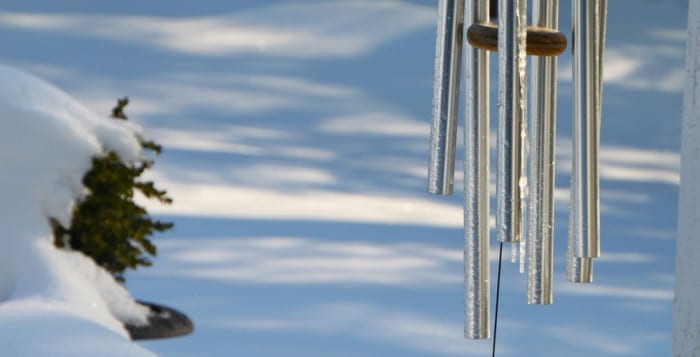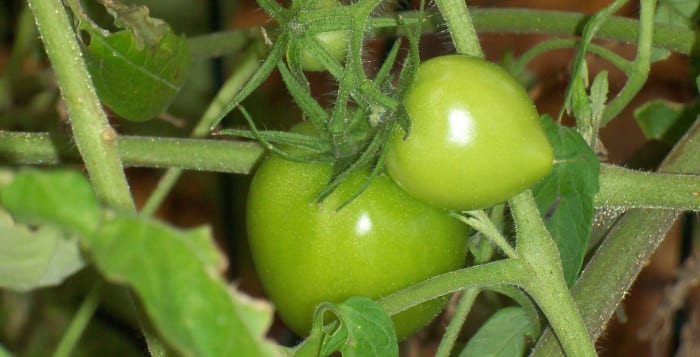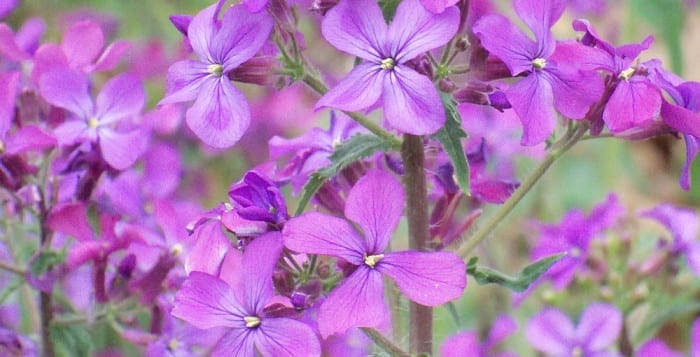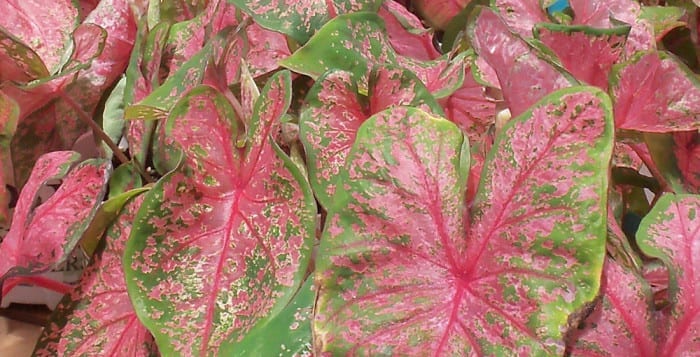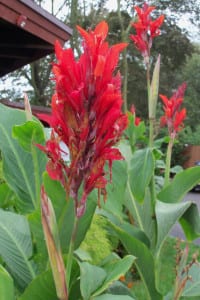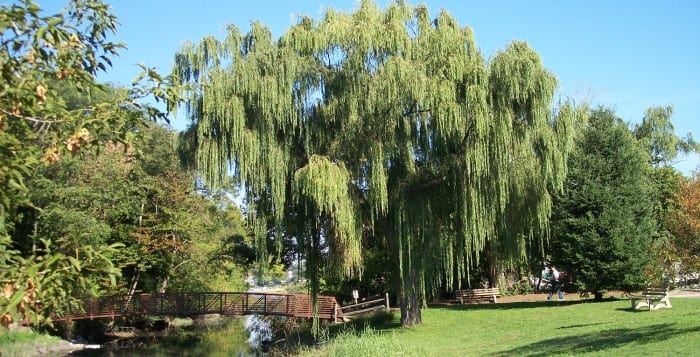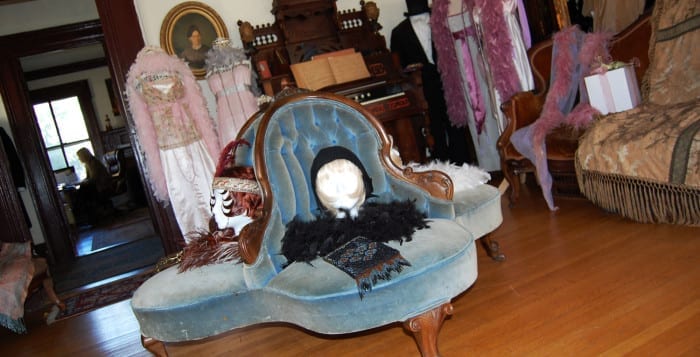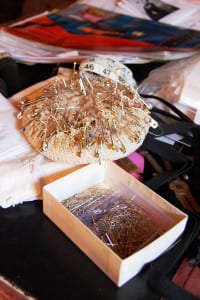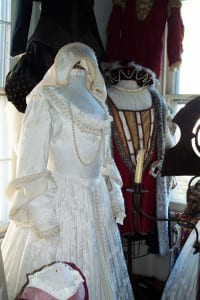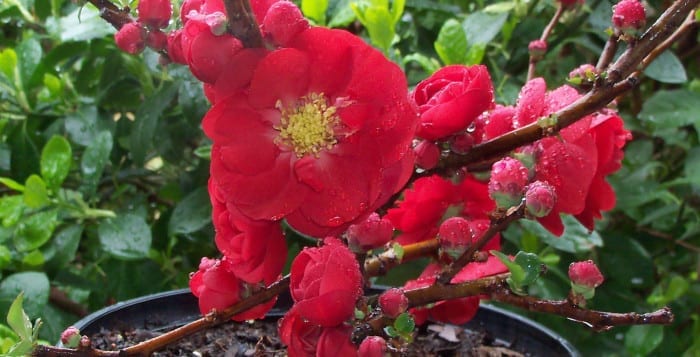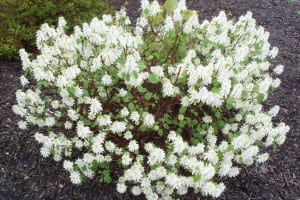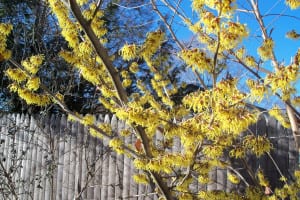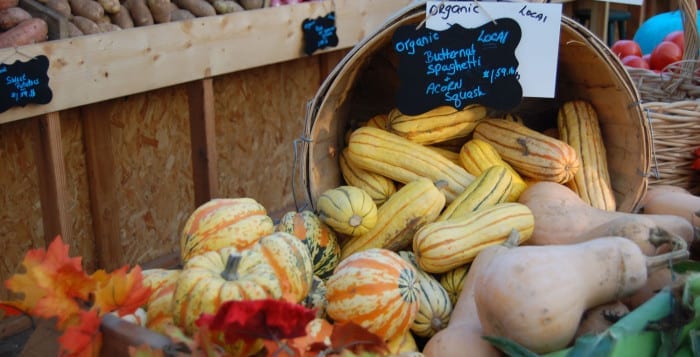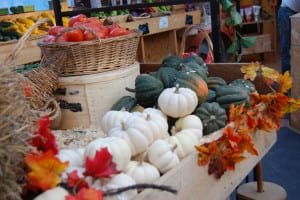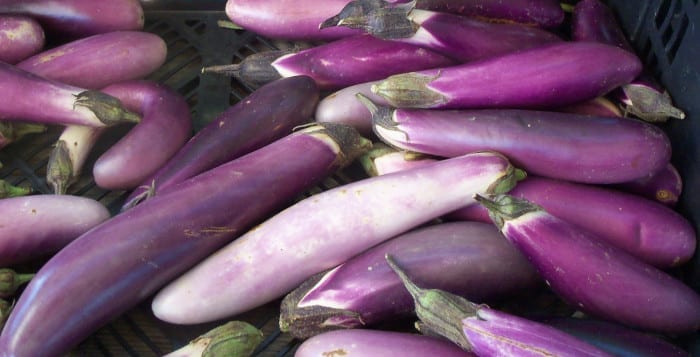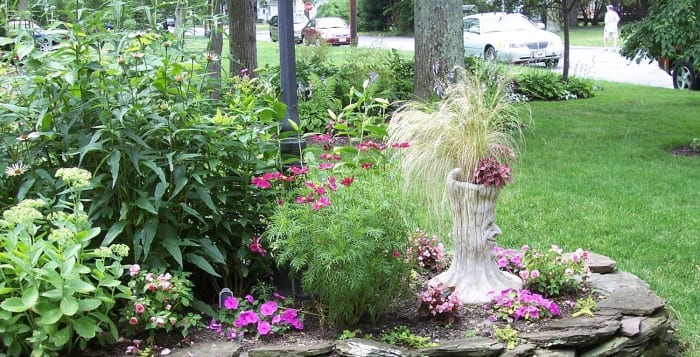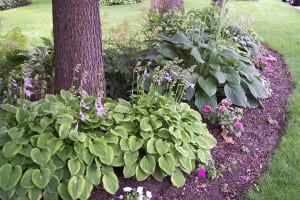By Ellen Barcel
Well, the holidays will be here before you know it. Is there a gardener on your list who’s giving you a hard time? What do you get him or her that you haven’t given already? Of course, there are always gift certificates to your favorite nursery, new gardening shoes or a new tool. Gardening books and subscriptions to gardening magazines are nice, but are you looking for something unique? Different? Here are some ideas that you may not have thought of.
If your gardener has blueberries or other plants that birds love to dine on, consider a crop cage. The ones that I’ve seen range from $60 to $100. The cages are large enough that the gardener can actually walk into them — they even have doors. Made from steel and nylon netting, they protect from not only birds but deer, rabbits and other wildlife.
Smaller varieties, called popups, are lower, just 42 inches high and provide the same protection for smaller plants. Both varieties are green, so they blend in with the rest of the garden but get the job done. These smaller varieties range from about $25 to $70 depending on size. Even smaller varieties of plant protection are just a foot high for even smaller plants like strawberries and lettuce. They cost about $20 each. Another really nice present if you’re gardener is doing battle with Bambi and friends is any one of the various deer repellents available.
Garden decorations are also available. Depending on the taste of your gardener, you could go classical (like Greek statues, sundials, bird baths or bird houses) or whimsical garden art, like statues of birds, colorful glass bottle trees, glass orbs or even glass flowers. One of my favorites is a set of three “flowers” made from old water spigots, painted in bright colors. Another is a flower made from knives, forks and spoons. Stop by your local arts and crafts fairs that flourish in December for a whole variety of garden art.
Being more practical, consider a new composter. I’ve seen one that is a tumbler, basically a barrel on a stand. There’s a side door that allows you to add material to be composted. There’s also a crank on the side that allows the gardener to turn the barrel easily, even every day. This makes the chore of turn over the compost pile really easy. It also speeds up the composting process. Some of these composters boast compost in just eight to 10 weeks. I’ve even seen one brand that has two separate chambers — one for almost ready compost and the second for a new batch you’re just starting.
For the mycologist (an expert in fungi), or just a mushroom lover, consider a mushroom growing kit. Grow the common button or even portobello mushrooms. The grower decides just how big or small their mushrooms are by how long they let them grow. A terrarium or unusual planter keeps greenery growing in the house.
For the lover of butterflies, consider a butterfly house to go along with the beautiful plants that attract them.
If you decide on a new potting bench, make sure you take some measurements first so that it will fit in the appropriate area. If the bench needs some sort of finishing, include a can of paint, stain, etc. and some brushes, perhaps with a promise to help come spring.
And, if your gardener comes in the house complaining of aches and pains from “overdoing” it in the yard, a new heating pad might make you an angel to them.
Ellen Barcel is a freelance writer and master gardener. Send your gardening questions and/or comments to [email protected]. To reach Cornell Cooperative Extension and its Master Gardener program, call 631-727-7850.

